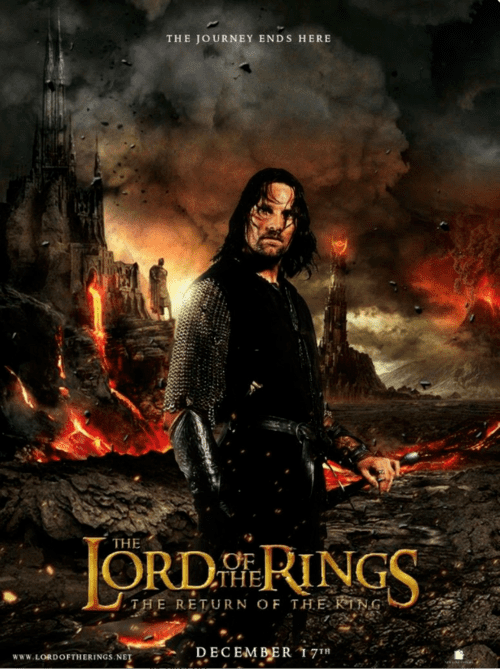

The next section, Quenta Silmarillion, which forms the bulk of the collection, chronicles the history of the events before and during the First Age, including the wars over three jewels, the Silmarils, that gave the book its title. The first, Ainulindalë, tells of the creation of Eä, the "world that is." The second part, Valaquenta, gives a description of the Valar and Maiar, supernatural powers of Eä. Unwin rejected this proposal, calling the draft obscure and "too Celtic", so Tolkien began working on a new story that eventually became The Lord of the Rings. After the success of The Hobbit, Tolkien's publisher Stanley Unwin requested a sequel, and Tolkien offered a draft of the stories that would later become The Silmarillion. The Silmarillion tells of Eä, a fictional universe that includes the Blessed Realm of Valinor, the once-great region of Beleriand, the sunken island of Númenor, and the continent of Middle-earth, where Tolkien's most popular works- The Hobbit and The Lord of the Rings-take place. Tolkien, edited and published posthumously by his son Christopher Tolkien in 1977 with assistance from the fantasy author Guy Gavriel Kay. The Silmarillion ( Quenya: ) is a collection of mythopoeic stories by the English writer J.


 0 kommentar(er)
0 kommentar(er)
